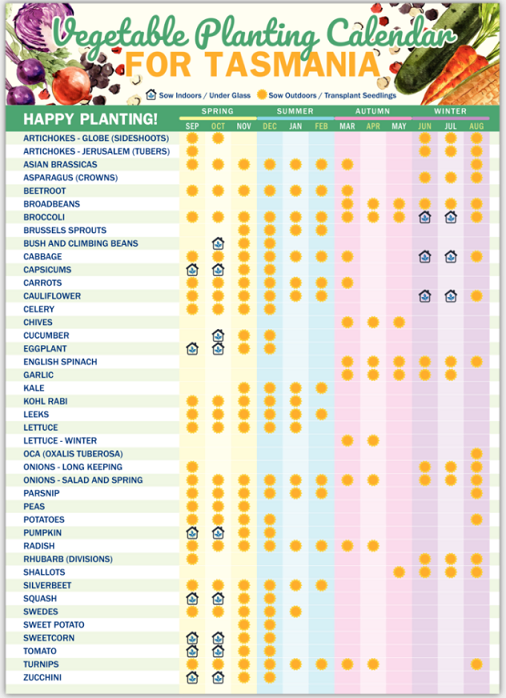
The trouble with bush bean plants is their tendency to flop around, or even get blown over.
That’s because they are top-heavy, especially when pods start to fatten and the extra weight drags the plants to the ground.
That’s when problems arise. When fast-growing pod clusters come into contact with the soil, they finish up bent and curly. Luckily they are still perfectly edible, even though they may appear odd-looking.
However, the big problem is that bean pods turn mouldy if directly in contact with soil for too long.
Unfortunately, bush bean plants are too awkward to be supported by canes. Unlike pea plants or even climbing beans, they cannot climb.
One method to keep them off the ground is to use a thick layer of mulching material — usually any kind of straw or spoiled hay — as a kind of support.
It is an easy, pleasant job to spread the stuff thickly around and between plants, tucking it in close to stems.
This type of quick-rotting mulch not only provides excellent support, it also keeps developing pods clear of the soil.
An extra benefit is the way this thick blanket of organic matter restricts wasteful evaporation by sealing moisture in the soil, meaning far less watering is needed.
Mulches also modify excessive soil temperature fluctuations during periods of hot, sunny days and cooler nights. The result is always healthier plants, stronger growth and a big increase in yields.
It helps if a bean bed is given a good, deep soaking the day before mulch is applied and then another one afterwards to help settle the mulch.
Bush bean plants produce enormous crops of pods, but it is vital to pick them continuously, before they start to fully mature, to avoid them becoming too tough and tasteless to eat.
Should pods be allowed to form seeds, the plants immediately stop producing.
Our job is to make sure the plants keep on trying by constantly frustrating attempts to fully set seed.
It is the same with climbing beans. It is essential to keep picking, even if we cannot eat them immediately.
After all, summer bean pods freeze to perfection. Simply dip the sliced beans into boiling water and, when the water boils again, wait 3 minutes before plunging the blanched beans into a container of ice water to stop the cooking process. They can then be drained and packed into containers for immediate freezing.
This treatment ensures all surplus beans are stored for later use, while fully retaining flavour, colour and nutrition — perfect for winter and spring eating.
Potatoes are harvested as soon as foliage and stems start to flop around and look exhausted.
This indicates the crop beneath the surface has matured and so all watering must cease.
Use a strong fork to cleanly lift the tubers and spread them over the surface to dry off.
They can then be stored in cardboard boxes or strong paper bags, always under cover. Never store potatoes in plastic bags because the humidity created encourages diseases and rapid decay.
All stored potatoes must be kept in complete darkness, because exposure to light causes the tubers to turn green and become too toxic to eat.
It is also a mistake to leave potatoes in the ground after maturity because they become vulnerable to attacks from potato moth grubs.
The moths lay eggs in foliage stems, usually just below the surface. They gain access through soil cracks that appear as old stems shrink.
After hatching, the grubs quickly burrow into the tubers, completely ruining them.
Any grub-infested tubers should be placed in a sealed plastic bag and left out in full sunlight for a few weeks to ensure all these pests are killed.
-----------------------------------------------------------------------
Check out our Tasmanian Planting Calendar Fridge Magnet – A5 size only

A year-round guide for when to plant your veggies in Tasmania. Never lose your planting guide again with a convenient fridge magnet for secure attachment to any metal surface. This growing guide has been tried and tested by some of the best Gardener’s in Tasmania, and is specifically adapted to the Tasmanian climate.
Excellent Gift for any Tasmanian you know with green thumbs and who likes Peter Cundall as much as i do!
Make sure you follow the calendar and you will have a successful year of growing vegetables in Tasmania.
Price includes FREE SHIPPING Australia wide.BUY HERE